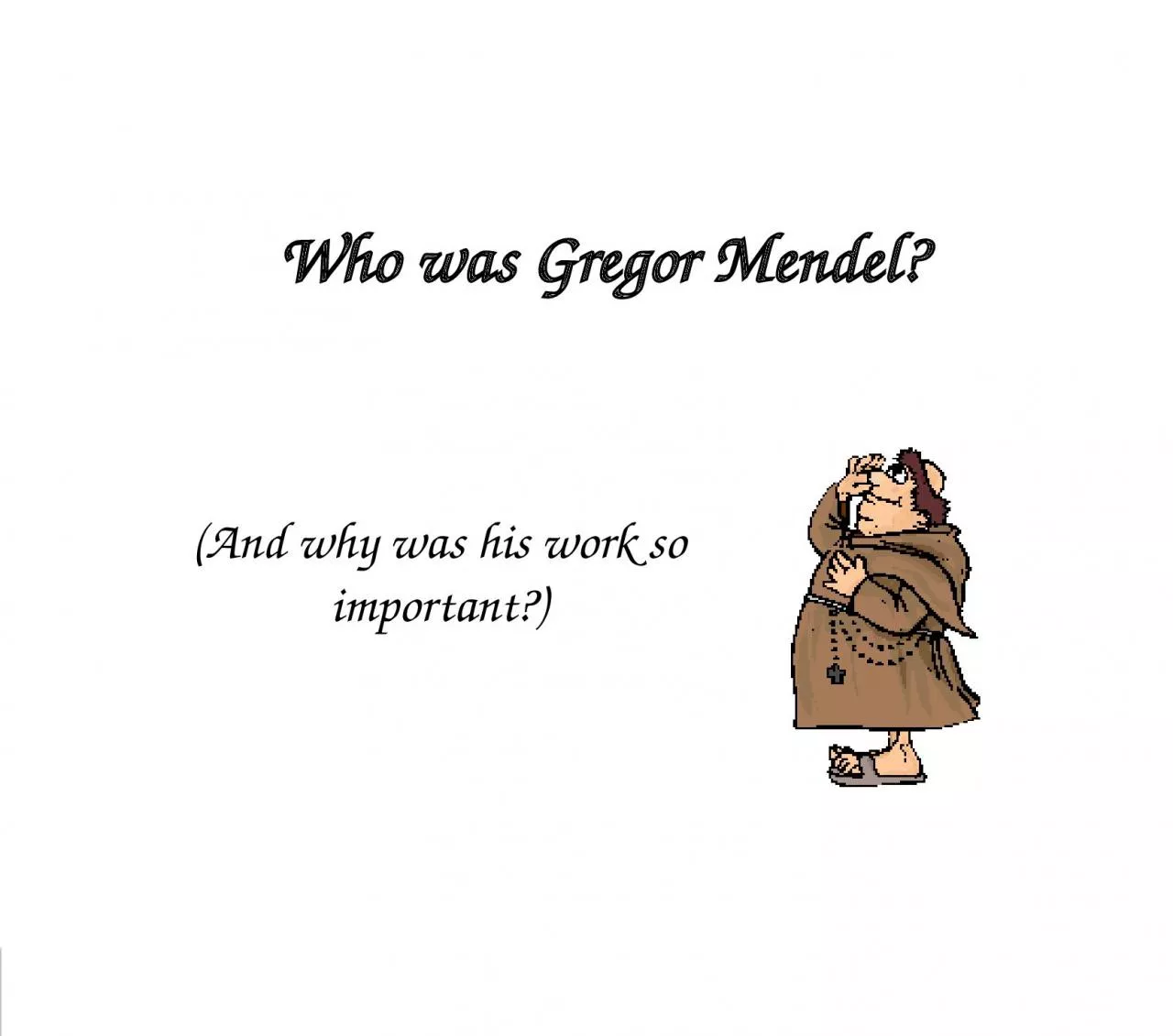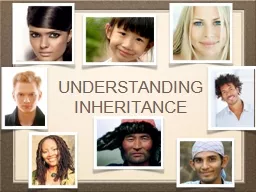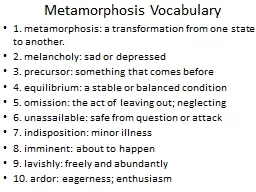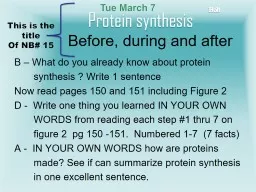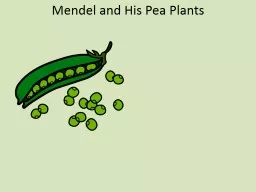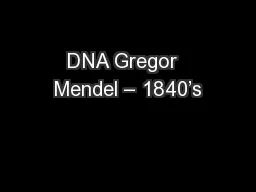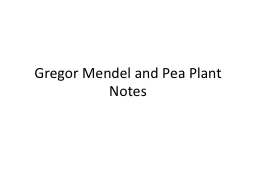PPT-Who was Gregor Mendel?
Author : delilah | Published Date : 2022-06-15
And why was his work so important Gregor Mendel Gregor Mendel was a monk who lived in the 1800s Mendels Mind Wandered Mendel wondered how the same species of plants
Presentation Embed Code
Download Presentation
Download Presentation The PPT/PDF document "Who was Gregor Mendel?" is the property of its rightful owner. Permission is granted to download and print the materials on this website for personal, non-commercial use only, and to display it on your personal computer provided you do not modify the materials and that you retain all copyright notices contained in the materials. By downloading content from our website, you accept the terms of this agreement.
Who was Gregor Mendel?: Transcript
Download Rules Of Document
"Who was Gregor Mendel?"The content belongs to its owner. You may download and print it for personal use, without modification, and keep all copyright notices. By downloading, you agree to these terms.
Related Documents

